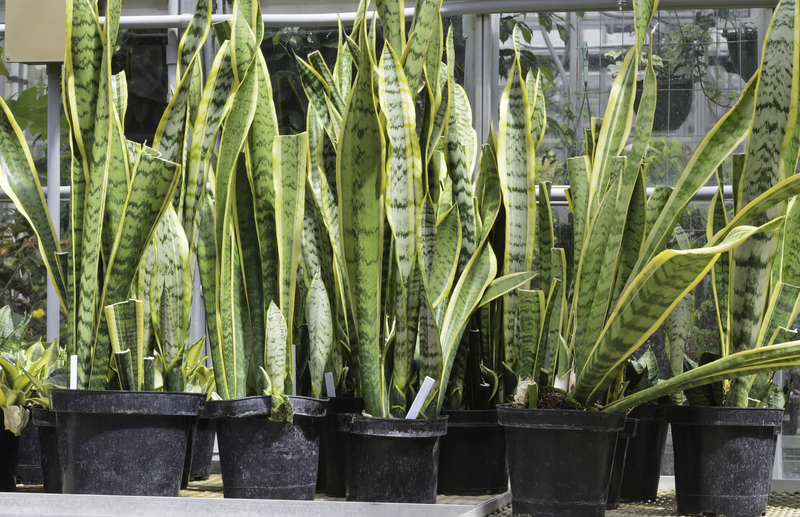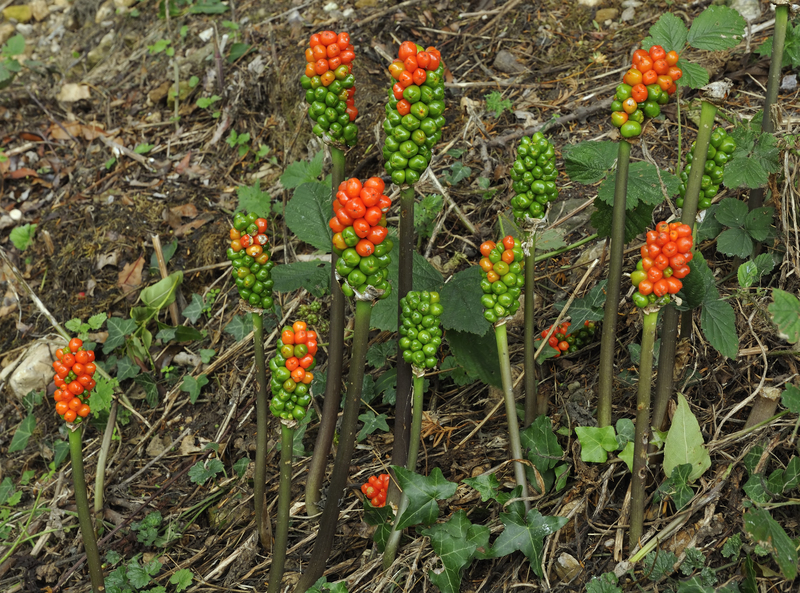Green Grass Awaits: Top Care Strategies for Perfect Lawns
A lush, green lawn is often the ultimate goal for homeowners and gardening enthusiasts alike. When your yard showcases a healthy, robust carpet of green grass, it not only beautifies your outdoor space but also adds substantial value to your property. However, achieving and maintaining a perfect lawn is not a matter of mere chance; it requires consistent attention and the right strategies. This comprehensive guide unveils expert care strategies designed to help you enjoy the perfect green grass lawn all year round.

Understanding the Foundations: What Your Lawn Needs to Thrive
Before diving into specific lawn care strategies, it's vital to understand what your grass truly needs for optimal health. The foundation for a thriving lawn revolves around these core elements:
- Sunlight: Most cool- and warm-season grasses require at least 4-6 hours of direct sunlight daily.
- Water: Lawns generally need around 1-1.5 inches of water per week, delivered through rainfall or supplemental irrigation.
- Nutrients: Grass, like any plant, requires essential nutrients including nitrogen, phosphorus, and potassium.
- Proper Soil: Well-aerated, fertile, and pH-balanced soil provides the base for healthy root growth and vigorous green blades.
By meeting these fundamental needs, you set the stage for a lawn that's not just green but lush, dense, and resistant to pests, weeds, and diseases.
Soil Preparation: The First Step Towards a Pristine Green Lawn
Soil quality directly influences how well your grass will grow. Before seeding or laying sod, invest in proper soil preparation:
Test Your Soil
- Use a soil test kit or send a sample to your local cooperative extension office.
- Pay special attention to pH; most grasses prefer a pH between 6.0 and 7.0.
Amend and Enrich
- Add compost or organic matter to sandy soils for better moisture retention.
- Use lime or sulfur to adjust soil pH as indicated by test results.
- Incorporate lawn starter fertilizer to give your grass a healthy beginning.
Optimal Seeding or Sodding Techniques
Choosing the right type of grass--and applying it the right way--can mean the difference between a so-so lawn and an emerald-green masterpiece.
Here's how to get it right:
Selection of Grass Species Matters
- Cool-season grasses (e.g., Kentucky bluegrass, fescues, ryegrass) are best for northern climates.
- Warm-season grasses (e.g., Bermuda, Zoysia, St. Augustine) thrive in southern regions.
Seeding Strategies for Uniform Growth
- Prepare the seedbed by loosening the topsoil to a depth of at least 2 inches.
- Sow seeds at the recommended rate (usually listed on the seed packaging).
- Rake seeds lightly into the soil and cover with a thin layer of straw to prevent washing away and maintain moisture.
- Keep the soil consistently moist until germination and establishment.
Sodding for Instant Green Grass
- Sod provides immediate green coverage and is ideal for those wanting instant results.
- Lay sod during the growing season when roots can quickly establish in the soil.
- Ensure tight seams between rolls and water thoroughly after installation.
Regular Mowing: Techniques for a Healthier Lawn
Mowing is not just about keeping your lawn tidy; it plays a crucial role in the health of your green grass. Follow these key guidelines for perfect mowing:
- Never remove more than one-third of the grass blade in a single mowing session to avoid stressing the plant.
- Adjust mowing height based on grass species:
- Cool-season: 2.5 to 3.5 inches
- Warm-season: 1 to 2 inches
- Keep mower blades sharp--dull blades produce ragged cuts, increasing disease risk.
- Leave grass clippings on the lawn for natural fertilization ("grasscycling").
Watering Wisdom: Hydration for Gorgeous Greenery
Watering is more art than science. Providing your grass with the right amount of moisture, at the right time, is critical for that glistening green lawn.
Best Practices for Watering Lawns
- Early morning watering (4-9 am) reduces evaporation and minimizes fungal problems.
- Water deeply and infrequently to encourage deep root growth.
- Use a rain gauge or tuna can to measure sprinkler output and ensure uniform coverage.
- Adjust frequency during drought or rainy spells; always check soil moisture before additional watering.
Fertilization: Feeding Your Green Grass the Right Way
Fertilizers supply essential nutrients that grass cannot always get naturally in sufficient quantities. Here's how to keep your lawn lush and vital:
Choosing the Right Lawn Fertilizer
- Most lawns benefit from a high-nitrogen fertilizer, especially in spring and early fall.
- Slow-release formulas provide steady nutrition and reduce burnout risk.
- For organic options, consider well-rotted manure, compost, or corn gluten meal.
How and When to Apply Fertilizer for Best Results
- Follow the "4-step" program:
- Early spring: Boost growth after winter.
- Late spring: Strengthen for warm weather.
- Summer: Prevent drought stress.
- Fall: Encourage strong root development.
- Apply on a dry lawn, then water thoroughly afterward unless using a "no-water" formula.
Aeration and Dethatching: Let Your Lawn Breathe
Compacted soil and heavy thatch buildup can suffocate roots and lead to lackluster, patchy grass. Aeration and dethatching are two vital but often overlooked strategies for achieving a truly perfect green lawn.
Benefits of Lawn Aeration
- Improves air, water, and nutrient penetration to the roots.
- Relieves compaction and encourages deeper root development.
- Use a core aerator in spring or fall when grass is actively growing.
Dethatching for Healthier Green Grass
- Thatch is a layer of dead organic matter that sits above the soil and prevents water/nutrients from reaching roots.
- Remove excessive thatch (over 0.5 inch thick) with a dethatching rake or mechanical dethatcher.
- Finish by overseeding and fertilizing to repair any bare areas.
Weed and Pest Control: Keep Your Lawn Pristine
Unwanted weeds and pests can quickly turn even the most beautiful lawns into an eyesore. Timely intervention keeps your green grass healthy and vibrant.
Weed Management Strategies
- Use pre-emergent herbicides in early spring to stop crabgrass and other annuals from sprouting.
- Spot-treat visible weeds with selective post-emergent herbicides or hand-pull for low populations.
- Maintain a thick, healthy lawn by following mowing, fertilization, and watering best practices--thick grass naturally chokes weeds.
Pest and Disease Prevention
- Inspect regularly for signs of grubs, chinch bugs, or fungal infections.
- Encourage beneficial insects and use eco-friendly treatments to avoid chemical overuse.
- Proper irrigation and thatch management are your best defenses against fungal diseases such as brown patch and dollar spot.
Seasonal Lawn Care: Year-Round Strategies for Lasting Green Grass
Achieving and maintaining emerald-green grass isn't a one-time project--it's a year-round initiative. Each season brings unique priorities:
Spring Lawn Care Tips
- Rake up debris and dead leaves to prevent mold and pest issues.
- Test and amend soil, then fertilize as new growth emerges.
- Overseed to repair winter-damaged areas and thicken your turf.
Summer Strategies for Greener Lawns
- Water deeply but less frequently; early morning is best.
- Raise mowing height to shade soil and conserve moisture during hot spells.
- Monitor closely for pests, weeds, and drought signs.
Autumn Lawn Care Routines
- Core aerate and dethatch if necessary.
- Fertilize with a fall blend to strengthen roots for winter.
- Continue mowing until grass growth slows.
Winter Preparations for Perfect Spring Growth
- Remove fallen leaves and debris to prevent disease.
- Limit foot traffic on frozen or dormant grass.
- Sharpen and clean lawn tools for spring use.
Eco-Friendly Lawn Care: Embrace Sustainability and Green Practices
Today's homeowners are increasingly seeking sustainable lawn maintenance techniques that reduce chemical use and environmental impact while ensuring thick, green, healthy lawns.
- Choose drought-tolerant or native grass species suitable for your region.
- Mulch grass clippings and autumn leaves for natural nutrition and soil protection.
- Install rain barrels to collect water for irrigation, reducing demand on municipal supplies.
- Apply organic fertilizers and pest controls whenever possible.

Expert Troubleshooting: Solutions for Common Lawn Problems
- Brown Patches: Check for watering issues, soil compaction, or grubs. Aerate and reseed as needed.
- Thin or Bare Spots: Overseed with the right grass seed blend and feed appropriately.
- Yellow Streaks: Could indicate fertilizer burn--water deeply to dilute excess salts.
- Persistent Weeds: Reevaluate mowing and fertilization; thicken turf and spot-treat remaining weeds.
- Fungal Diseases: Improve air circulation, watch watering timing, and use fungicides only when necessary.
The Payoff: A Year-Round Perfect Green Lawn
Achieving that enviable, picture-perfect green lawn is attainable for homeowners who follow sound, science-backed strategies. By preparing your soil, selecting the right grass, and mastering seasonal care routines, your lawn will not only look amazing but also thrive in the face of pests, drought, and disease. Whether your passion is creating a play space for your family or simply basking in the beauty of your surroundings, remember that green grass awaits--all it takes is the right approach and a little dedication.
Commit to these top care strategies, and you'll soon be the envy of your neighborhood with a truly perfect, green lawn.